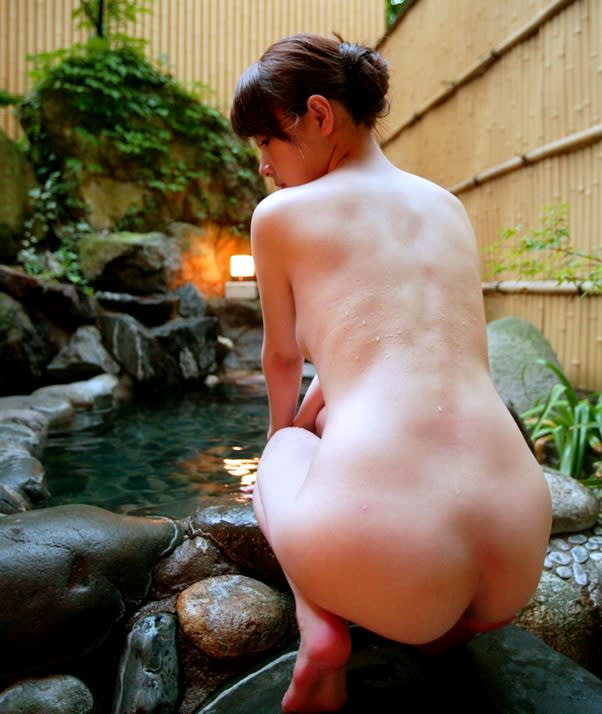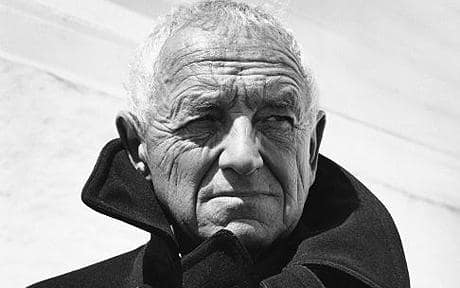 Arabesque In classical ballet, the term arabesque (aa-rah-besk; literally, "in Arabic fashion". Specifically, "arabesque" references an architectural design term that describes and is a spiral. The arabesque design linearly, is parallel to the balletic position, because the body "spirals" from the crown of the head through the back and then straightens through the extended leg, as does the design of the same name. This design was used heavily during the French Baroque when Rameau and Beauchamp, codified it into classical ballet.)
Arabesque In classical ballet, the term arabesque (aa-rah-besk; literally, "in Arabic fashion". Specifically, "arabesque" references an architectural design term that describes and is a spiral. The arabesque design linearly, is parallel to the balletic position, because the body "spirals" from the crown of the head through the back and then straightens through the extended leg, as does the design of the same name. This design was used heavily during the French Baroque when Rameau and Beauchamp, codified it into classical ballet.)
Arabesque indicates a position of the body where the dancer stands on one leg, while the other leg is extended behind the body, with both knees straight. The arabesque position can be performed with the supporting leg and foot either en pointe, demi pointe or on a flat foot. The back leg may either touch the floor in tendu back (called arabesque par terre), or be raised at an angle. Common angles are 45° (also called à demi hauteur), and 90° (à la hauteur). When the angle is much greater than 90° and the body leans forward to counterbalance the back leg, the pose is called arabesque penchée. There are also various arm and leg combinations, such as forward on the same side as the back leg or the other arm forward. These combinations vary according to the syllabus or method used. ☆
☆☆
☆☆
☆☆




















